
Author: Venkat Aekka VENKAT AEKKA
Date: 07/21/2024

Why EV – Global Climate Change
World to achieve the Paris Agreement goals and halt the pace of climate change by transforming the global energy landscape. This preview presents options to limit global temperature rise to 1.5°C and bring CO2 emissions closer to net zero by mid-century
A combination of technologies is needed to keep us on a 1.5°C climate pathway. These include increasingly efficient energy production to ensure economic growth; decarbonized power systems that are dominated by renewables; increased use of electricity in buildings, industry and transport to support decarbonization

How an Electric Vehicle Works ?
Batteries can store only direct current electricity, but many electric cars run on alternating current electricity.
The inverter takes the direct current electricity and converts it into alternating current electricity for the electric motor to use.
Regenerative braking is a valuable feature of many electric cars. Regenerative braking allows the vehicle to recharge while decelerating

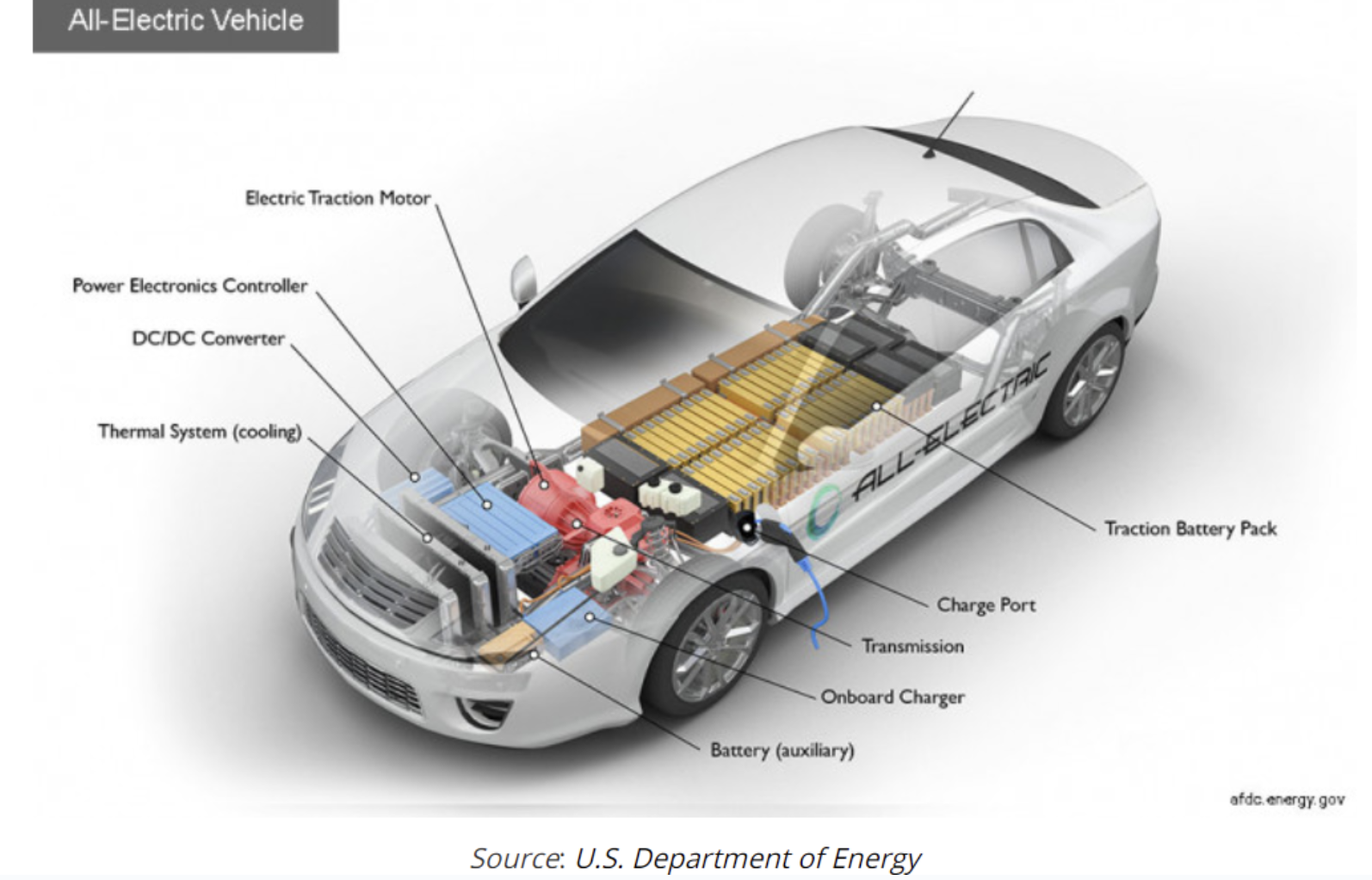
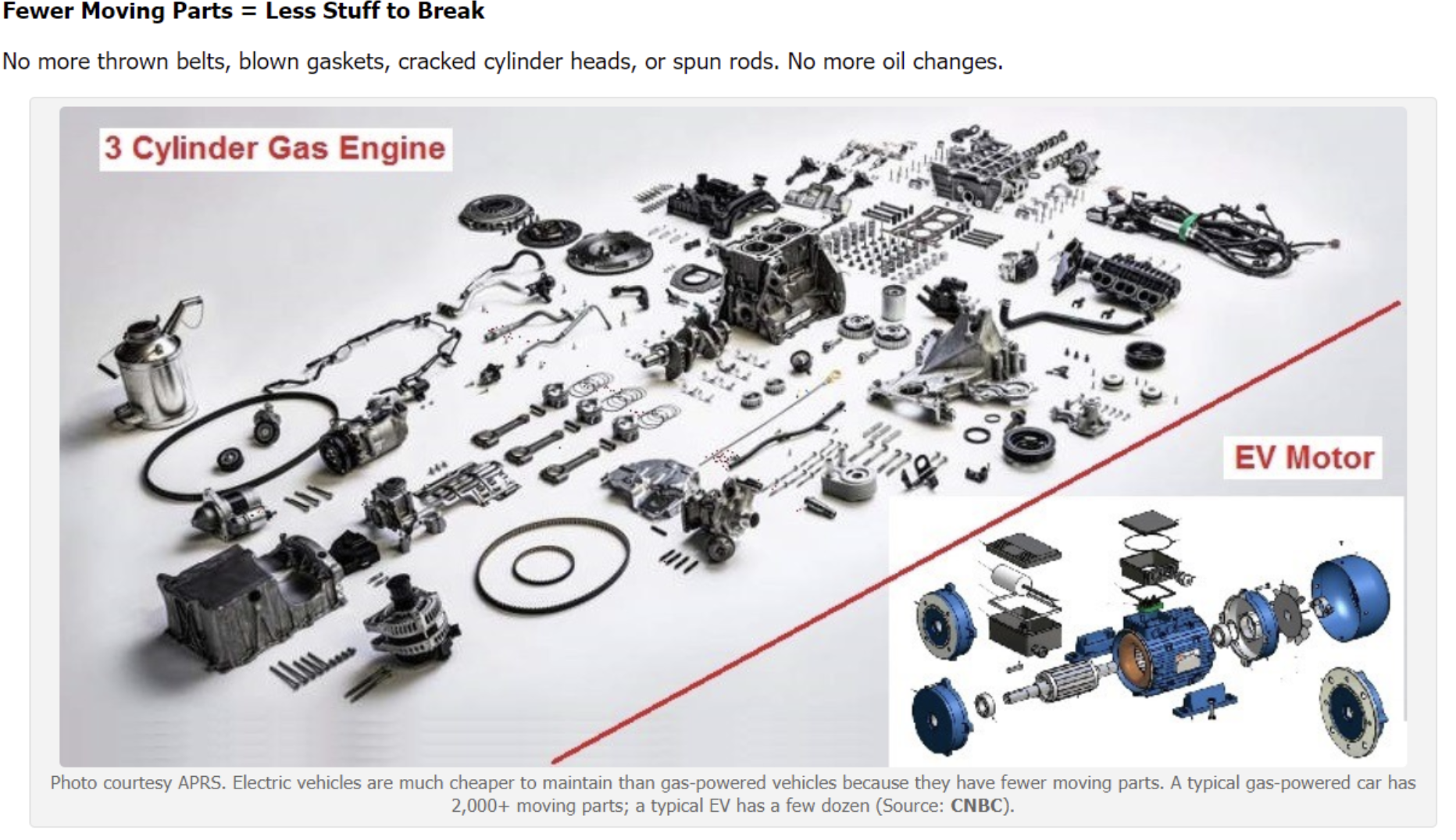
How an Electric Vehicle Works ?
Faster, Safer, Better, Stronger
• EV platform is above 90 percent efficient, compared to less than 35 percent for internal combustion engines.
• EVs don’t need gears – all their torque is available, all the time. Let’s just say, EVs are quick.
• No more oil changes.
• EVs are safer, too.
Fuel Costs:
EVs cut that roughly fuel expenses in half (MPGe $1.46 in Maine)
The Solar Gallon:
• It’s like the MPGe, but thanks to solar power it emits no carbon, has no significant hidden environmental costs, and leaves a much lighter footprint on society at large.
• A solar gallon also happens to cost 71 cents.
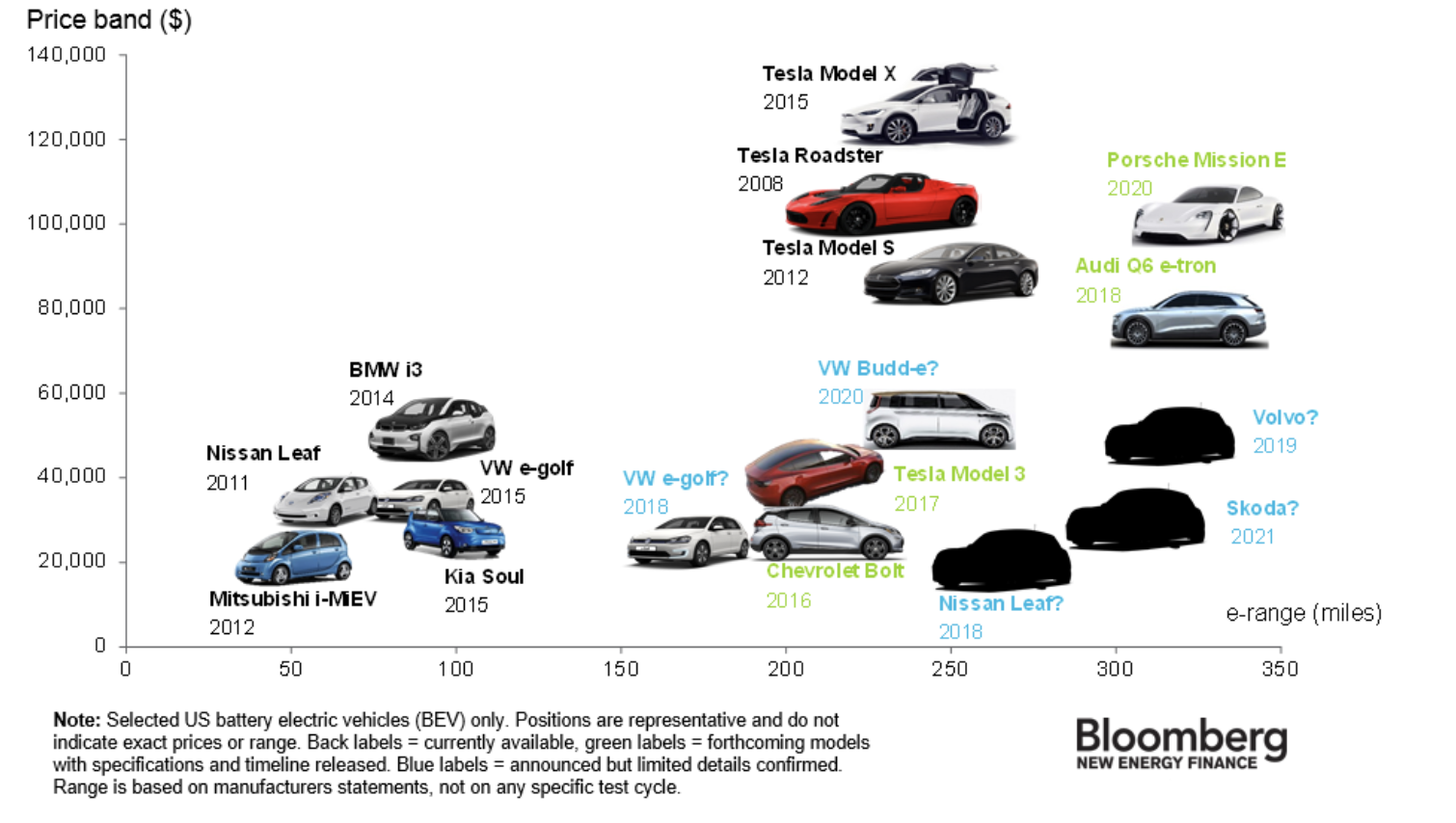
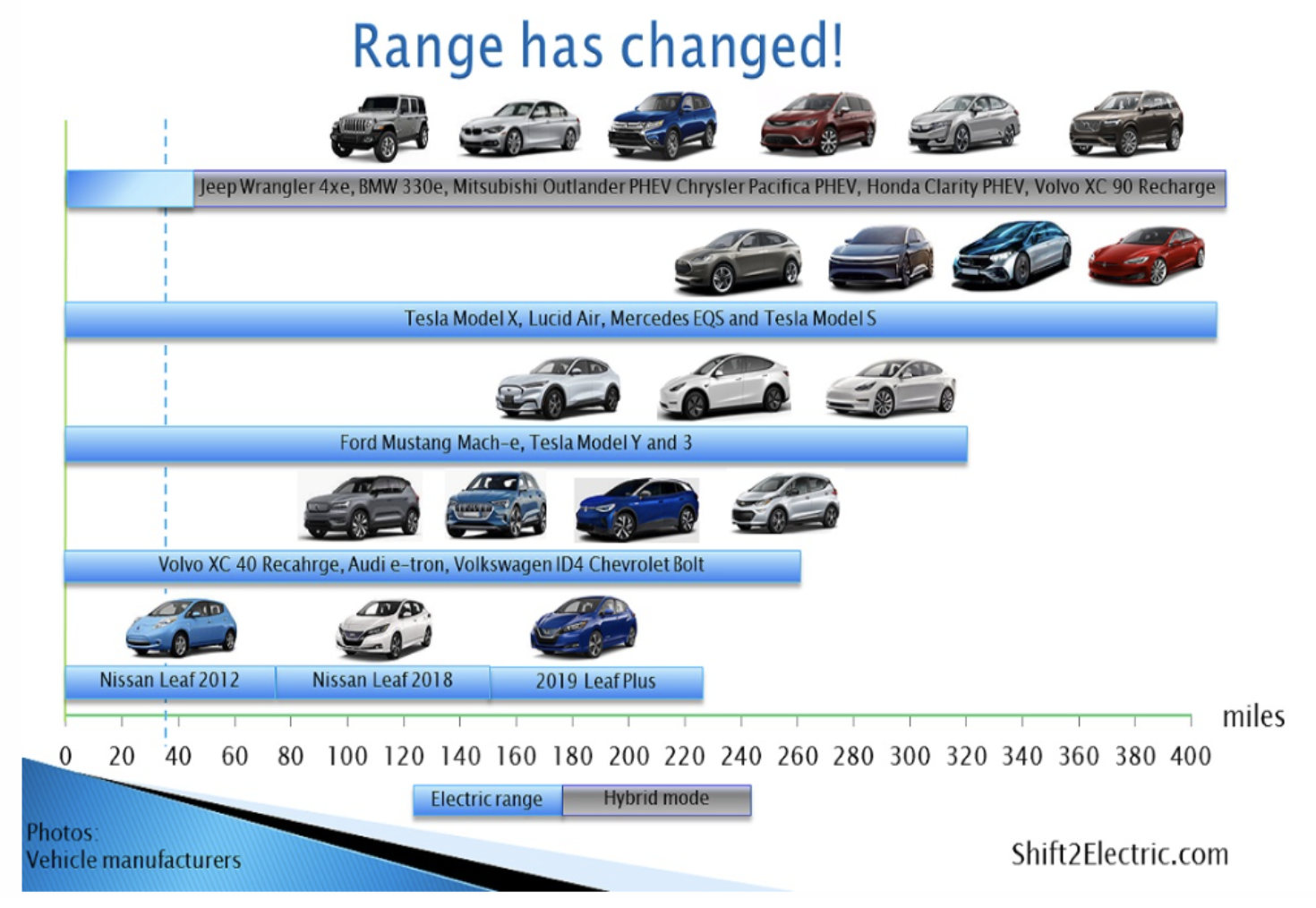
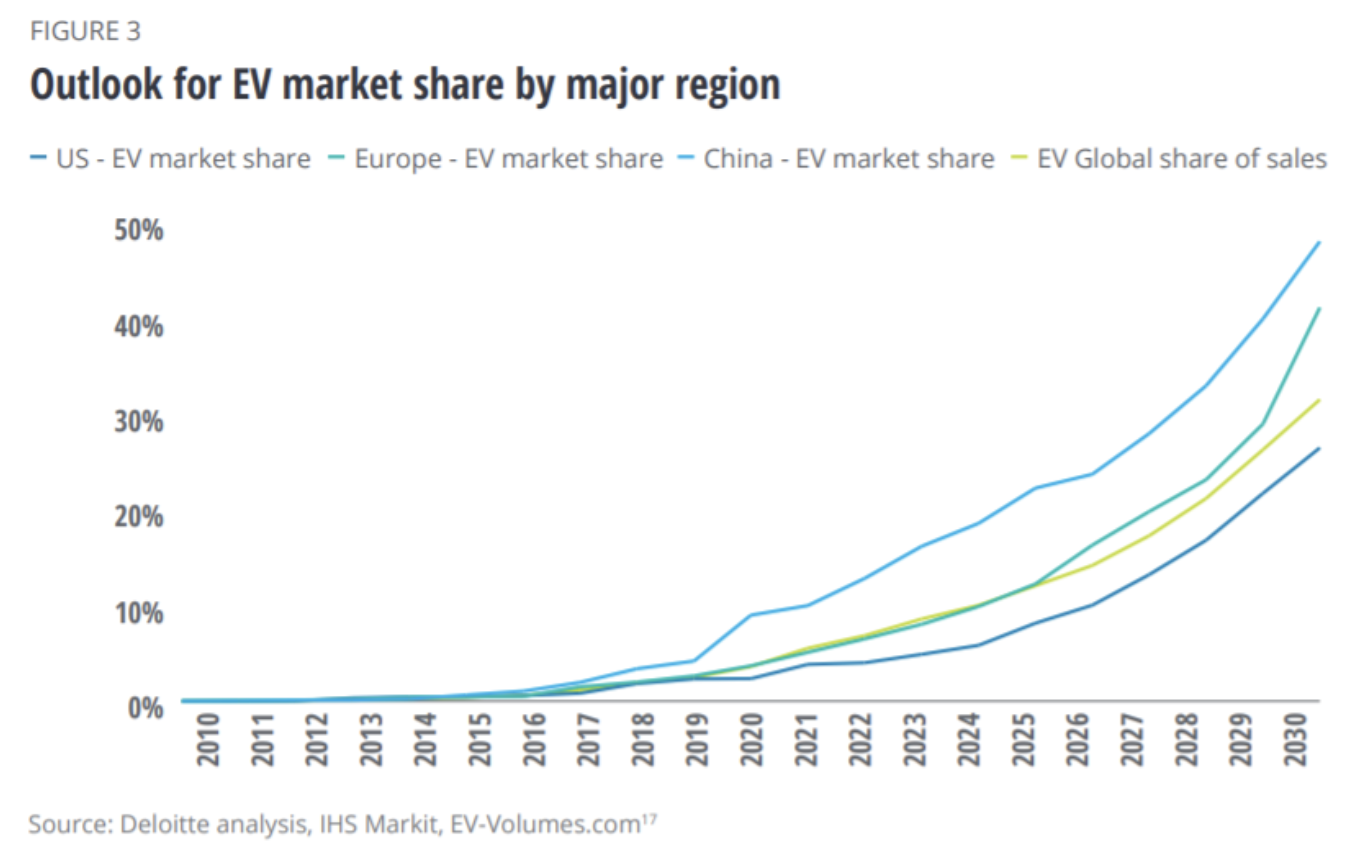
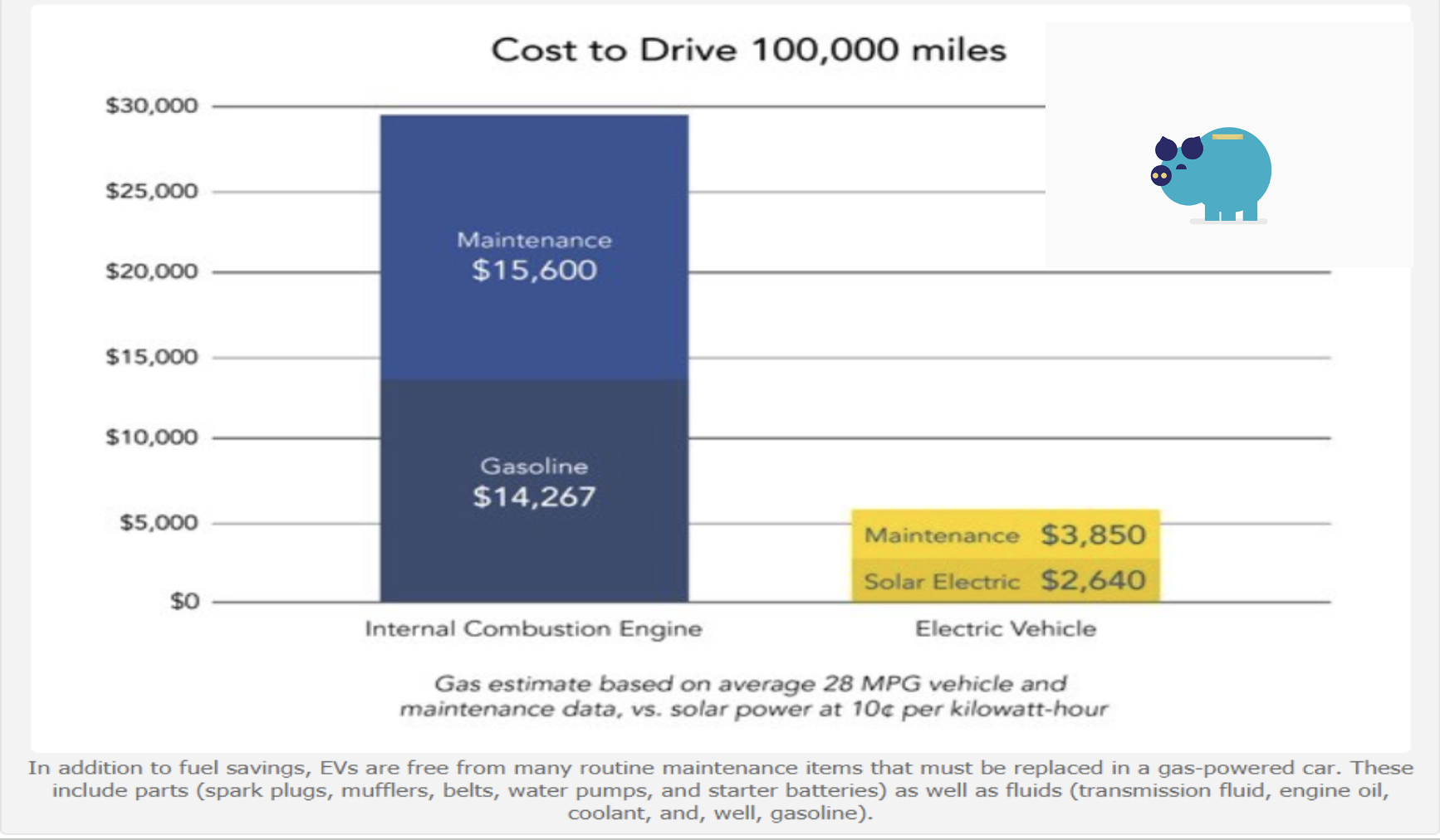
EV Technology Impediments:
• Electric cars have a shorter range than gas-powered cars.
• Recharging the battery takes time.
• They are usually more expensive than gas-powered cars.
• It can sometimes be difficult to find a charging
Range Anxiety:
Range anxiety is the fear that a vehicle has insufficient range to reach its destination and would thus strand the vehicle's occupants. The term, which is primarily used in reference to battery electric vehicles (BEVs), is considered to be one of the major barriers to large scale adoption of all-electric cars.
Limited solutions:
DC fast chargers can charge most EVs to 80 percent in 20-30 minutes.
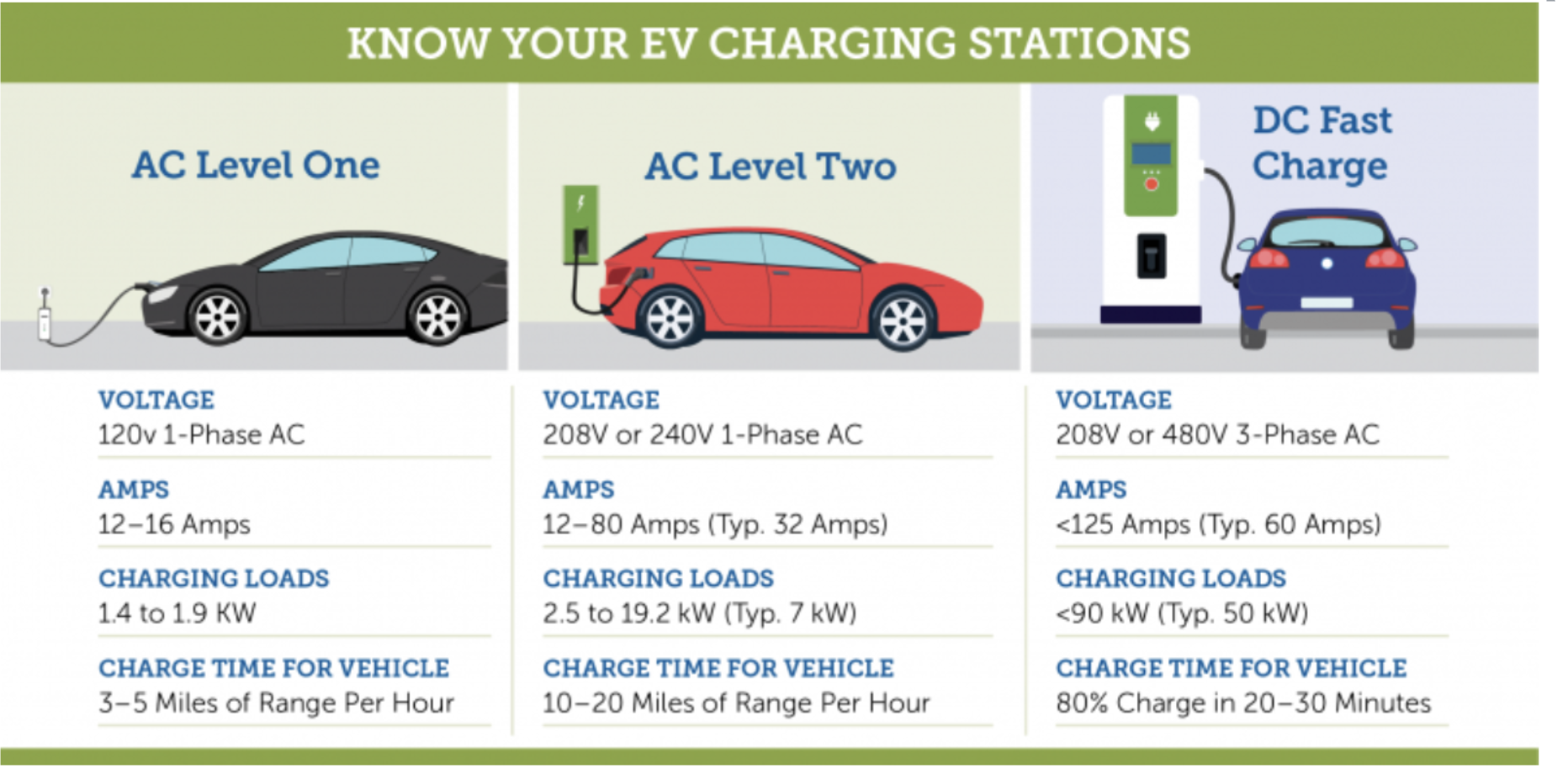
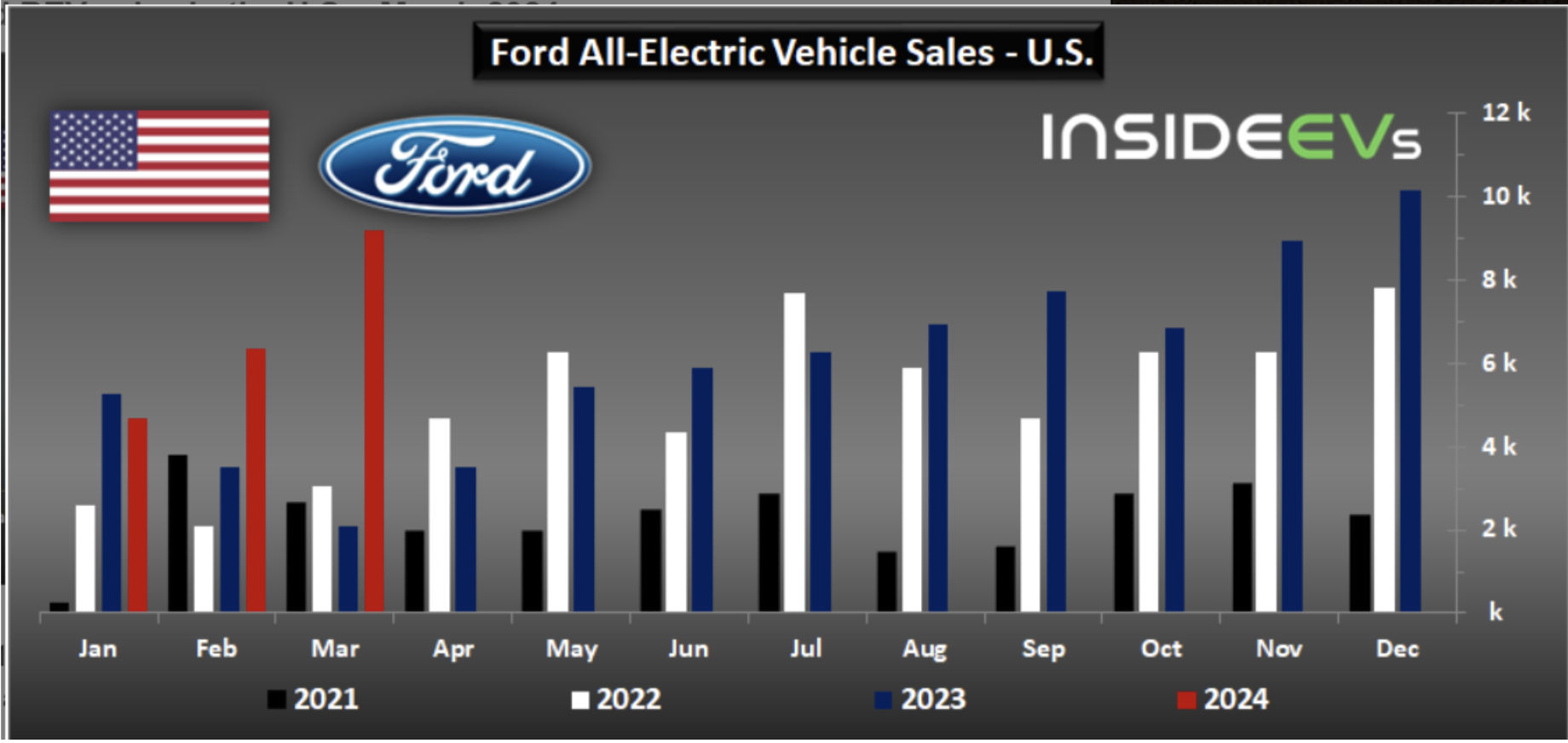

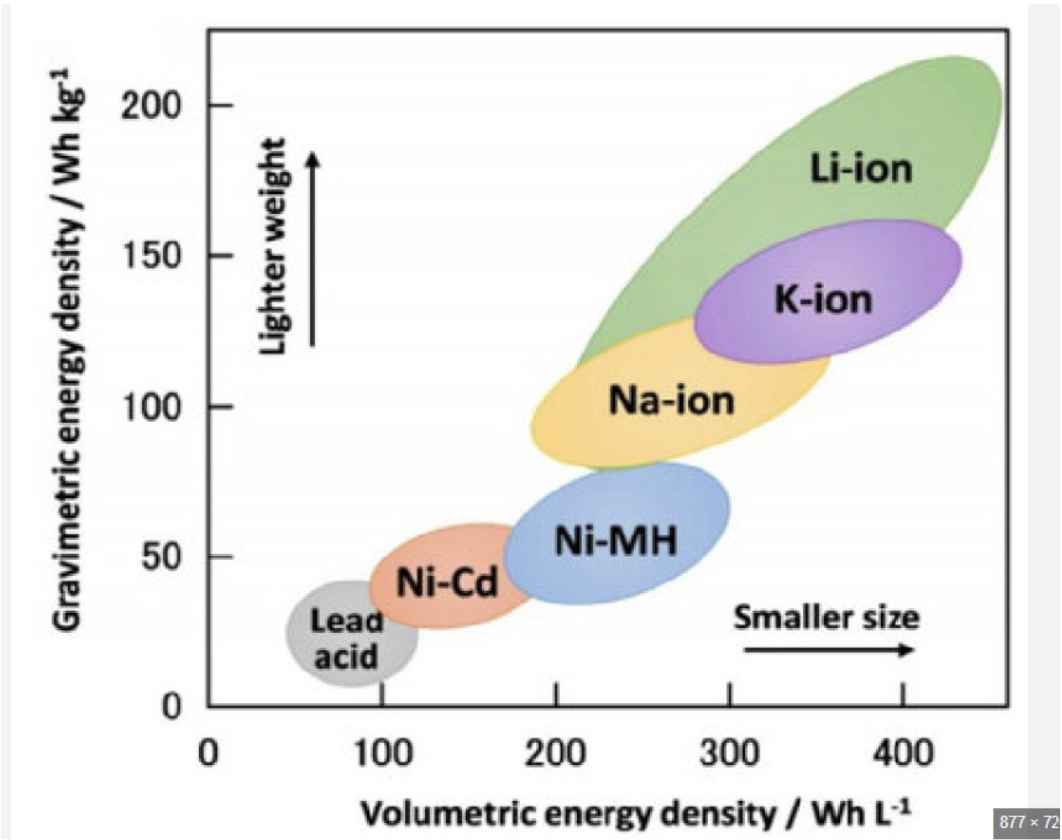
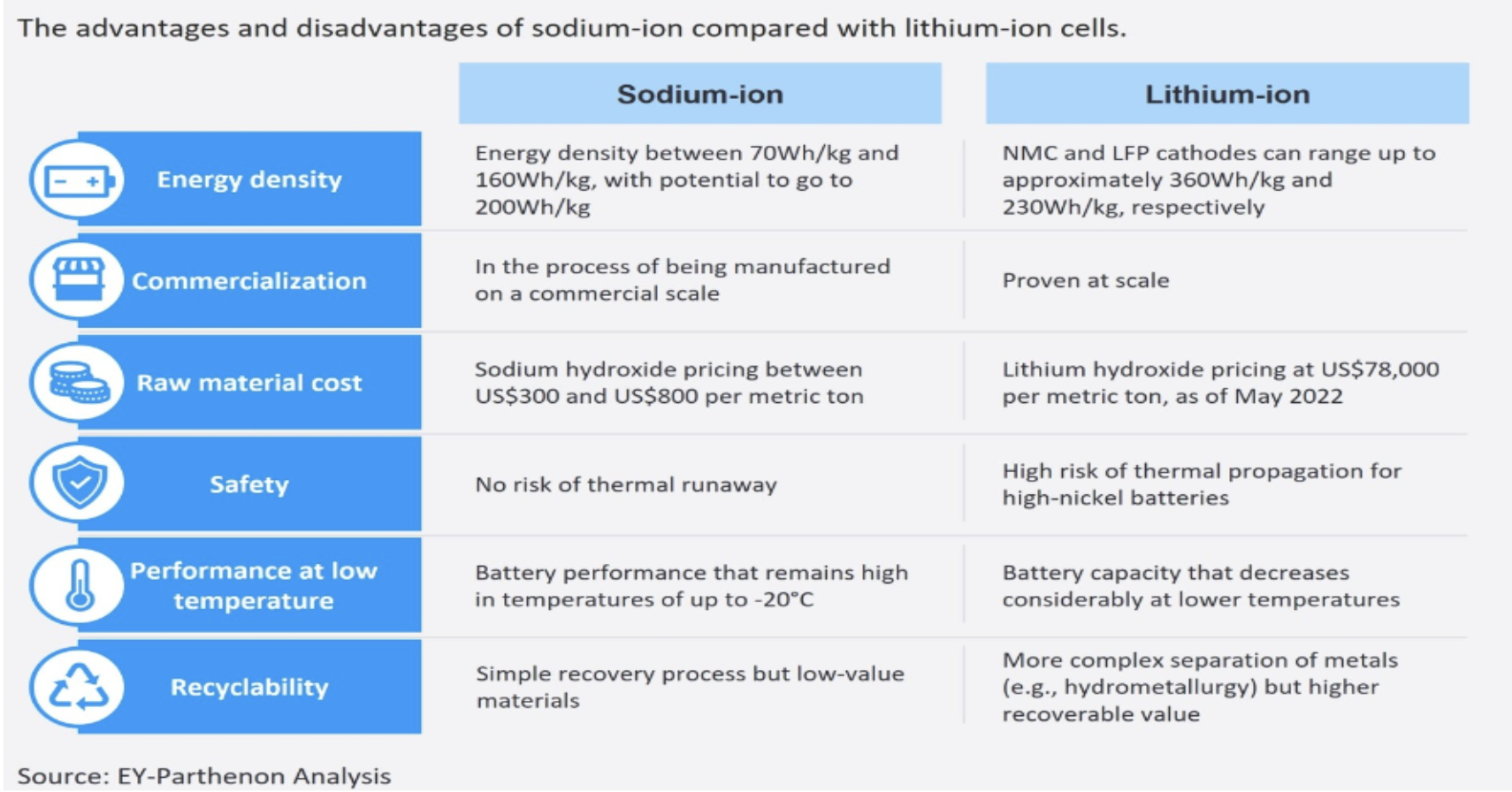
































Tell us about it